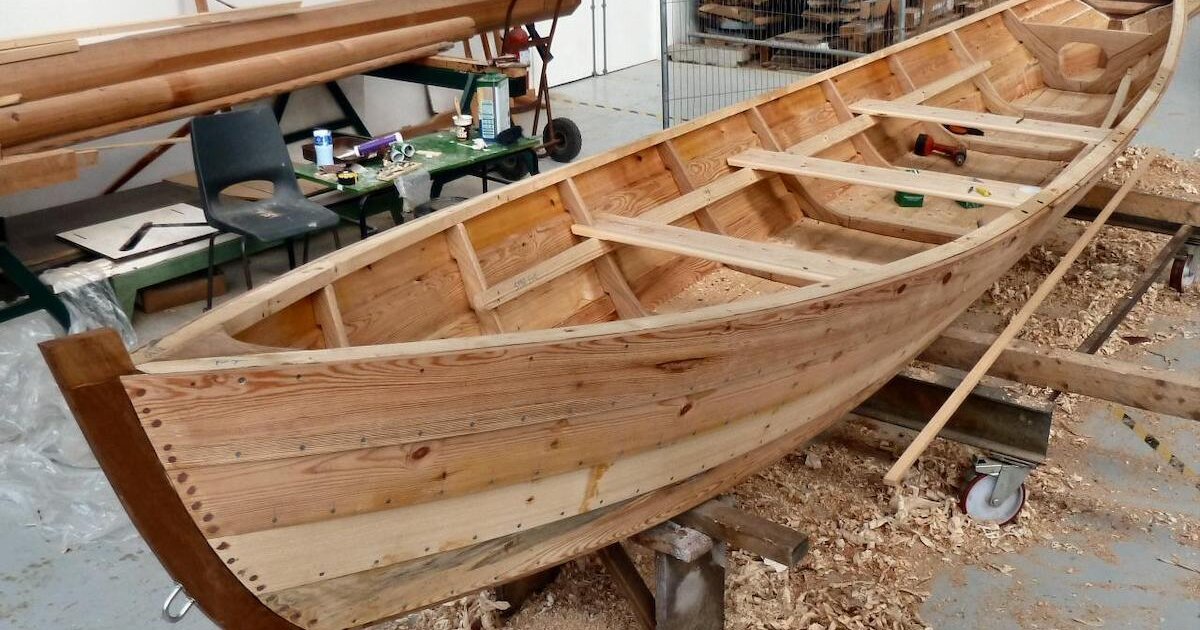
How to Create Your Own Boat: A Beginner’s DIY Guide
Embarking on the journey of building your own boat can be a rewarding and fulfilling experience. This comprehensive beginner's guide will equip you with the essential knowledge, tools, and techniques to navigate this exciting project. From conceptualizing your dream vessel to launching it into the water, we will cover all the key aspects, ensuring a smooth and successful DIY boatbuilding adventure.
Conceptualizing Your Boat
The first step in crafting your boat is to envision its purpose and design. Consider the following factors:
Purpose
What will your boat be used for?
Size and Shape
Determine the optimal size and shape for your intended use.
Materials
Consider the materials that best suit your budget, skills, and desired aesthetics.
Gathering Materials and Tools
Once you have a clear concept, it's time to gather the necessary materials and tools. This list will vary depending on your specific design and chosen materials, but here are some essential items:
Materials
- Hull panels: Fiberglass, wood, or aluminum
- Stringers and frames: Wood or aluminum
- Deck panels: Marine plywood or fiberglass
- Engine and drive system: Outboard, inboard, or jet drive
- Steering and control systems: Wheel, cables, and hydraulics
- Hardware: Fasteners, cleats, hinges, and other fittings
- Finish: Paint, varnish, or gelcoat
Tools
- Hand tools: Saw, hammer, drill, screwdriver, wrenches, measuring tape, and levels
- Power tools: Circular saw, jigsaw, router, sander, and grinder
- Fiberglassing tools: Roller, brush, squeegee, and mixing bucket
- Safety gear: Gloves, respirator, eye protection, and ear protection
Building the Hull
Constructing the hull is the foundation of your boat. The process will depend on your chosen materials and design, but here are general steps:
Planking or Sheathing
For wooden boats, planking involves attaching thin strips of wood to the frame, creating the hull's exterior. For fiberglass boats, sheathing entails applying fiberglass panels over a molded or built-up framework.
Laminating
Fiberglass boats are typically constructed using a process called lamination. This involves layering resin-soaked fiberglass cloth over the hull, followed by curing to create a strong, waterproof shell.
Fairing
After the hull is built, it needs to be faired, which involves smoothing out any irregularities or imperfections. This is usually done with a combination of sanding and filling.
Building the Deck and Interior
Once the hull is complete, the deck and interior can be constructed. This involves:
Deck Construction
The deck is typically made from marine plywood or fiberglass. It is attached to the hull, and the necessary openings, such as hatches and cockpit areas, are cut out.
Interior Fittings
The interior of your boat can be outfitted with seating, storage, electrical systems, and other amenities based on your preferences and intended use.
Installing the Engine and Drive System
Choosing the right engine and drive system is crucial for your boat's performance. Consider factors like:
- Horsepower: Determines the speed and acceleration of your boat.
- Type of engine: Outboard, inboard, or jet drive, each with its own advantages and disadvantages.
- Drive system: Outboard, inboard, or stern drive, each with its own installation and operation characteristics.
The engine and drive system must be properly mounted and aligned to ensure optimal performance and prevent damage.
Finishing and Launching
The final steps involve finishing your boat and preparing it for launch:
Painting or Gelcoat
Apply paint or gelcoat to protect the boat from the elements and enhance its appearance. Use marine-grade paints and follow recommended application techniques.
Installing Hardware
Attach essential hardware, such as cleats, hinges, handrails, and other fittings, ensuring they are securely installed and meet safety regulations.
Launching
Before launching your boat, perform a thorough inspection and ensure all systems are operational. Carefully launch the boat into the water and test it in a controlled environment before heading out on your first adventure.
Safety Precautions and Regulations
Boatbuilding involves working with tools and materials that can be hazardous if not handled properly. Here are some essential safety precautions:
- Wear protective gear, including gloves, respirators, eye protection, and ear protection.
- Follow the manufacturer's instructions for all tools and materials.
- Work in a well-ventilated area, especially when using resins and paints.
- Be aware of the risks associated with working with power tools and machinery.
- Adhere to all local boating regulations, including licensing, registration, and safety equipment requirements.
Conclusion
Building your own boat can be a challenging yet immensely rewarding endeavor. By following this comprehensive guide, you'll gain the knowledge and skills needed to navigate this exciting DIY project. Remember to prioritize safety, plan meticulously, and enjoy the process of bringing your dream boat to life. With dedication, patience, and a touch of nautical ingenuity, you'll soon be ready to set sail on your own custom-built vessel.
0 comments:
Post a Comment
Note: Only a member of this blog may post a comment.